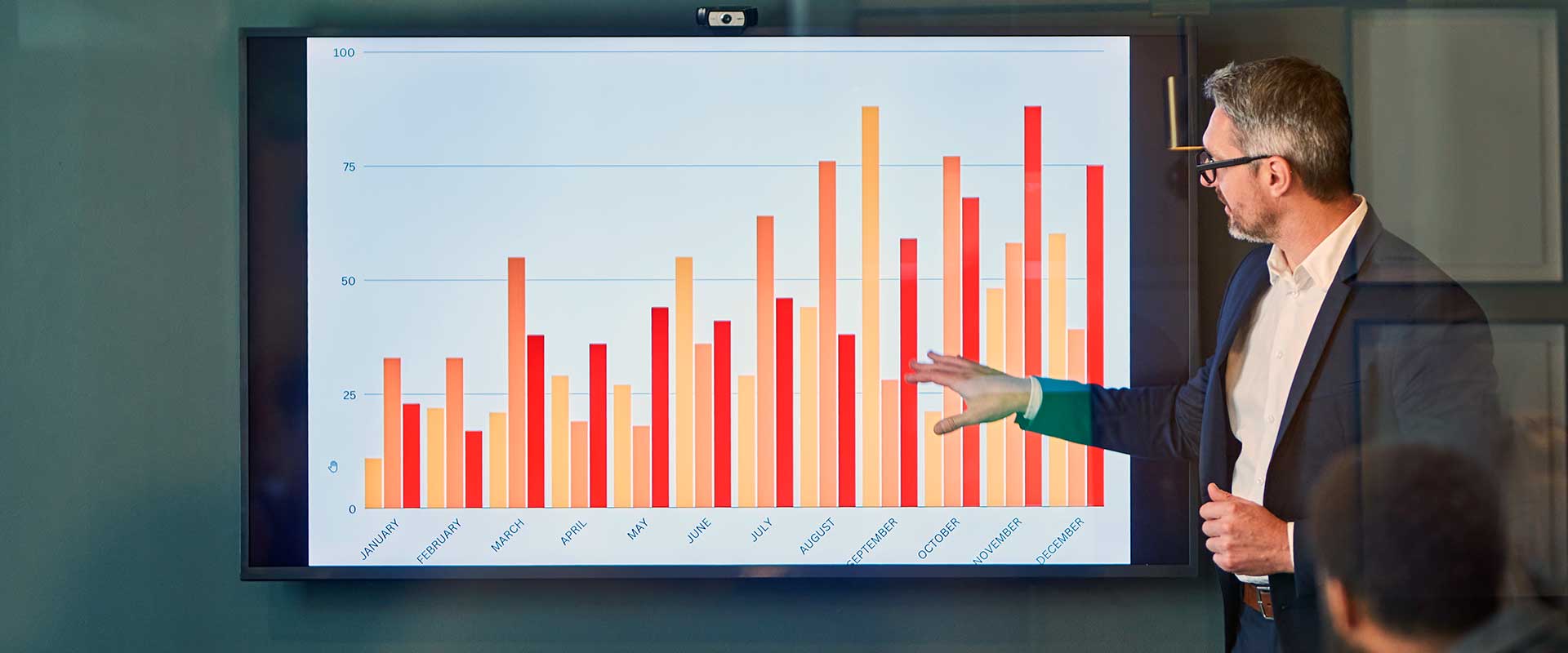
Navigating the Squeeze: Brand Owners Expect — and Are Planning for — a Rise in Packaging Costs in 2025
- Article

The majority of brand owners expect packaging costs to increase in 2025, though not nearly as much as in 2021-23, when prices of raw materials surged due to the supply chain crisis. But while they expect to pass on some of these new cost increases to consumers, the historically high levels of inflation in 2022 and 2023 have increasingly made brand owners as well as their end customers relatively more price sensitive.
All of which presents both opportunities — and risks — for packaging converters.
This forward-looking brand owner sentiment around packaging costs was gleaned through L.E.K. Consulting’s seventh annual proprietary U.S. Brand Owner Packaging study, which we ran during the fourth quarter of 2024 and the first quarter of 2025. By illuminating some of the most pressing issues facing brand managers and packaging stakeholders at brand owners, it offers a clear path forward for packaging converters.
Approximately 83% of brand owners expect packaging costs to increase in 2025, according to our study, with some 68% anticipating a rise of between 1% and 10% (see Figure 1).
Historically, brand owners have been able to pass on higher prices to end consumers. Between 2021 and 2024, for example, brand owners consistently passed on price increases, the greatest of which were in 2022 and the first half of 2023; the average price increase was approximately 11.5% year over year from Q1 2022 to Q2 2023 (see Figure 2).
That said, in addition to packaging cost increases that drove brand owners to raise consumer prices in order to maintain margins, the higher prices also reflected a number of macroeconomic factors (e.g., rising inflation, supply chain disruptions). Notably, however, consumers are typically less sensitive to price increases for staple items (e.g., food) versus nonessential items (e.g., clothing, entertainment), which enables brand owners to successfully pass on price increases while experiencing more-moderate volume declines.
And while they can pass on their increased costs to end consumers in the form of higher end prices, brand owners indicate that going forward they intend to pass on just some — not all — of them and to absorb others. They will also look to optimize their packaging design.
For packaging converters, the pricing environment in 2025 creates opportunities as well as risks.
That’s because, despite the cost pressures, brand owners continue to demand more from their packaging. Indeed, 93% of brand owners indicate they have made changes in their packaging materials over the past four years.
Converters that can develop innovative packaging format solutions to meet brand owners’ need for high-value solutions will be well positioned in this new market environment. Given the drivers of switching among brand owners, converters that can differentiate via their sustainable packaging offerings, along with those that offer solutions to extend shelf life, are expected to be advantaged. A third key area of differentiation for converters is value engineering of packaging to achieve savings in the cost of materials.
So, while there is an opportunity to not just survive but thrive in 2025, converters that are unable to prove their value may face increased scrutiny and pushback from brand owners when it comes to price increases.
To learn more from our four-part series of articles, please see our overview of how brand owners plan to continue changing packaging to meet sustainability goals, and our summary of how brand owners are focusing on innovation to drive growth. Be sure as well to read about the degree of importance brand owners place on packaging.
For more information, please contact us.
L.E.K. Consulting is a registered trademark of L.E.K. Consulting LLC. All other products and brands mentioned in this document are properties of their respective owners. © 2025 L.E.K. Consulting LLC